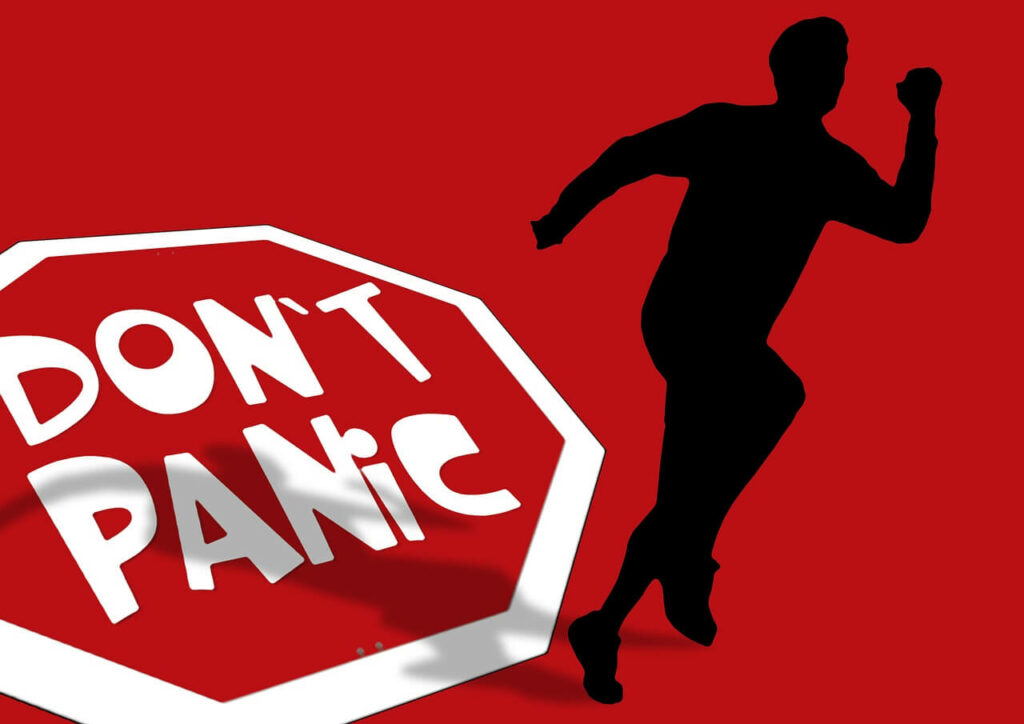Do you feel like you’re having a heart attack? Do you feel like you can’t breathe? If so, then you’re experiencing a panic attack. Panic attacks can be very frightening and disabling. In this blog post, we will discuss how to stop panic attacks in their tracks. We will cover what are panic attacks, the causes, and the negative impacts of panic attacks. We will also provide some tips on how to prevent them from happening in the first place. We hope that this information will help you live a happier and healthier life.
Contents
What Are Panic Attacks?
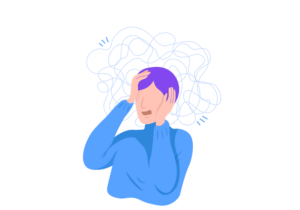 Panic attacks are something that can happen to anyone. They are sudden, intense episodes of fear that can come on without warning. Panic attacks can be very frightening and may even make you feel like you are having a heart attack or going crazy.
Panic attacks are something that can happen to anyone. They are sudden, intense episodes of fear that can come on without warning. Panic attacks can be very frightening and may even make you feel like you are having a heart attack or going crazy.
Panic attacks can be a result of anything that may trigger your anxiety. It is important to learn what may trigger your panic attacks and to try and avoid those triggers if possible. There are also some things that you can do to stop a panic attack once it has started.
There can be many negative impacts of panic attacks. Panic attacks can cause you to feel isolated and alone. They can also lead to you avoiding certain situations or places where you fear an attack may happen. This can make it difficult to go about your everyday life.
If you are someone who suffers from panic attacks, it is important to understand that you are not alone. There are many people who suffer from this condition. There are also many resources available to help you manage your panic attacks and live a normal, healthy life.
Negative Impacts of Panic Attacks

There are many negative impacts of panic attacks such as:
Inability To Focus
Sometimes if a person is suffering from a panic attack, they may have trouble focusing on anything else. It can be hard to concentrate at work or school, and this can lead to problems in these areas of life.
Loss of Control
A person suffering from a panic attack may feel like they are losing control of their body and their emotions. This can be a very frightening feeling, and it can lead to further anxiety and avoidance behaviors. It may also give a person a feeling of powerlessness.
Shortness of Breathe
If a person is suffering from a panic attack, he/may have a hard time catching his/her breath. This may cause a feeling of suffocation and can be very scary.
Heart Palpitations
A person suffering from a panic attack may also experience heart palpitations. This means that their heart is beating very fast and hard, and it can be frightening. It may also make it difficult to think clearly or to focus on anything else.
These symptoms can last for several minutes or even longer, and they can be very debilitating. If you are suffering from any of these symptoms, it is important to seek help from a qualified professional who can help you learn how to stop panic attacks.
How To Stop Panic Attacks?
Stoping pain attacks is very important for everyone, there are many ways to stop an attack. Some people may need medication to control their attacks, while others may find that breathing exercises or relaxation techniques work better for them. If you have a panic attack, try the following:
Medications
 Medications are one of the best ways to stop panic attacks. If you are having trouble with your panic attacks, you should talk to your doctor about medication. There are many different types of medication that can help with panic attacks. There may be many different reasons why your doctor will prescribe you medication, but it is important to remember that medication is only one part of treatment.
Medications are one of the best ways to stop panic attacks. If you are having trouble with your panic attacks, you should talk to your doctor about medication. There are many different types of medication that can help with panic attacks. There may be many different reasons why your doctor will prescribe you medication, but it is important to remember that medication is only one part of treatment.
Some medications are such as:
-Benzodiazepines: These medications can help to relax your muscles and calm your nerves. They can also help to reduce the symptoms of panic attacks.
-Beta-blockers: These medications can help to regulate your heart rate and blood pressure. This can help to reduce the symptoms of panic attacks.
-Tricyclic antidepressants: These medications can help to regulate your mood and improve your sleep. This can help to reduce the symptoms of panic attacks.
Therapy
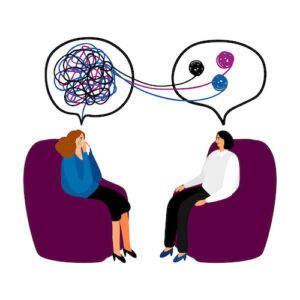
Another one of the most important methods to stop panic attacks is therapy. This can involve different types of therapy, such as cognitive-behavioral therapy (CBT) or exposure therapy. CBT can help you to understand how your thoughts and behaviors are contributing to your panic attacks. Exposure therapy can help you to face the things that trigger your panic attacks and learn how to deal with them.
Both of these therapies can be very helpful in stopping panic attacks. However, it is important to find a therapist who understands anxiety disorders and who has experience treating them. There can be many different therapists to choose from, so it is important to find one that you feel comfortable with.
Self-Help Books
There are many self-help books that can be helpful in stopping panic attacks. These books can help you to understand your anxiety and learn how to deal with it. Some self-help books may also include exercises or relaxation techniques that can help to stop panic attacks.
It is important to remember that not every book will work for everyone, so it is important to find one that feels right for you. You may need to try a few different ones before you find the right one. It can also be helpful to talk to a friend or family member about the self-help book you are using.
Different Techniques To Stop Panic Attacks
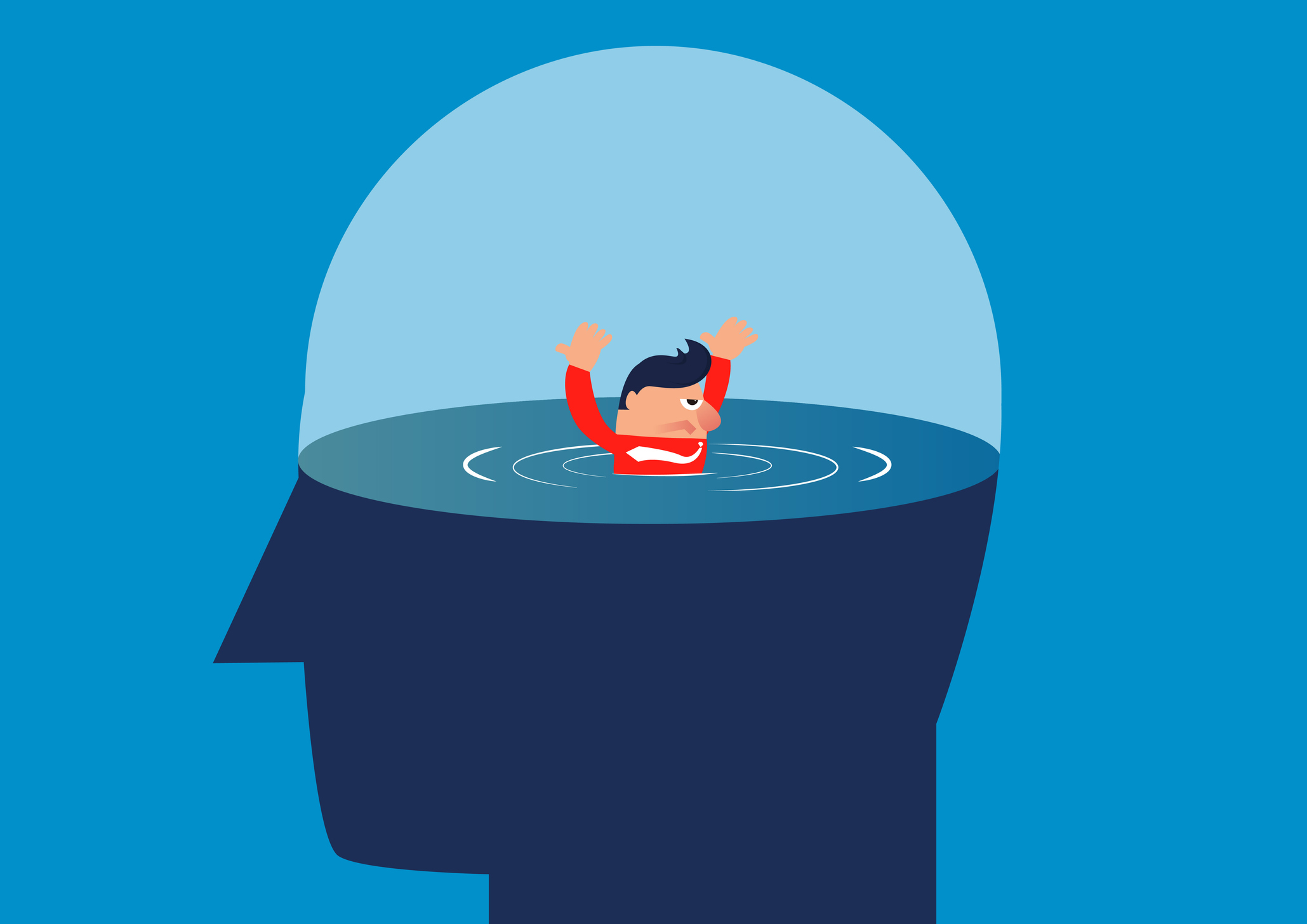
There are many self-help strategies that can definitely help to stop panic attacks. Some of the most effective ones are listed below:
-Identify your triggers: The first step is to identify what causes your panic attacks. Once you know what sets them off, you can start to avoid those situations or at least be prepared for them.
-Breathe deeply and relax: When you feel a panic attack coming on, one of the best things you can do is to focus on your breathing. Take slow, deep breaths and try to relax your body as much as possible.
-Visualize a peaceful place: Another helpful technique is to visualize a place that makes you feel calm and relaxed. This can be somewhere from your childhood or a place you’ve always wanted to visit.
-Distract yourself: If you can’t get rid of the thoughts that are causing your panic attack, try to distract yourself by focusing on something else. This could be anything from counting to 100 to watching a funny movie.
-Challenge your negative thoughts: A lot of the time, our negative thoughts are what leads to a panic attack. Challenge these thoughts and try to replace them with more positive ones.
-Talk to someone: It can also be helpful to talk to someone about your panic attacks – either a friend or therapist. This will help you understand and cope with them better.
Self-Care To Stop Panic Attacks
There are these self-care techniques that you can do to help stop a panic attack.
Breathing Exercises
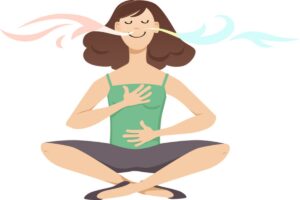
Breathing Exercises are one of the most commonly used self-care techniques to stop a panic attack. This is because when you are having a panic attack, your breathing becomes shallow and rapid. Doing some deep breathing exercises can help to slow down your breathing and make it more regular. Some of these exercises include:
• Belly Breathing: Put one hand on your stomach and the other on your chest. Slowly breathe in through your nose, allowing your stomach to expand. Then, breathe out through your mouth.
• Pursed-Lip Breathing: Breath in through your nose for a count of two. Then, pucker your lips as if you were going to blow out a candle and breathe out slowly for a count of four.
• Four-Square Breathing: Breath in for a count of four. Hold your breath for a count of four. Breath out for a count of four. Repeat this cycle until you feel more relaxed.
Visualization
 Visualization is another self-care technique that can help to stop a panic attack. When you are in the middle of a panic attack, it can be difficult to focus on anything else but the fear and anxiety that you are feeling. However, visualization can help to distract you from those feelings and calm you down. There are many different types of visualization exercises that you can try, but here are some examples:
Visualization is another self-care technique that can help to stop a panic attack. When you are in the middle of a panic attack, it can be difficult to focus on anything else but the fear and anxiety that you are feeling. However, visualization can help to distract you from those feelings and calm you down. There are many different types of visualization exercises that you can try, but here are some examples:
• Visualize Yourself in a Safe Place: Imagine yourself in a place where you feel safe and comfortable. This could be your home, a favorite spot in nature, or anywhere else that makes you feel at ease.
• Visualize Your Favourite Relaxing Scene: Think about a scene that relaxes you and brings peace to your mind. It could be a scene from a movie, book, or your own personal memories.
• Visualize a Calming Image: Focus on an image that makes you feel calm and serene. This could be a photo of the ocean, a field of flowers, or anything else that brings you peace.
Progressive Muscle Relaxation
Progressive muscle relaxation is another self-care technique that can help to stop a panic attack. This involves tensing and relaxing different muscles groups in your body. This helps to release the tension that can build up during a panic attack and can also help to focus your mind on something other than the fear and anxiety you are feeling. Here is an example of how to do progressive muscle relaxation:
• Start by tensing the muscles in your feet and toes for a few seconds.
• Then, release the tension and relax those muscles.
Meditation

Meditation is one of the most effective self-care techniques for stopping a panic attack. This is because it helps to focus your mind on the present moment and can also help to calm and relax your body. There are many different types of meditation that you can try, but here are some examples:
• Mindfulness Meditation: Sit in a comfortable position and close your eyes. Focus on your breath and the sensations in your body. Notice any thoughts or emotions that arise, but do not judge or react to them. Just let them pass through your mind like clouds in the sky.
• Guided Meditation: Find a comfortable position and close your eyes. Listen to a guided meditation track or recording. Follow along with the instructions and visualization exercises.
• Body Scan Meditation: Sit in a comfortable position and close your eyes. Scan your body from head to toe, focusing on each individual muscle group. tense and relax those muscles. When you get to the end of your scan, focus on the sensations in your breath and feel yourself becoming more relaxed with every inhale and exhale.
Yoga
 Yoga is a mind-body practice that can help to stop a panic attack. This is because it combines breathing exercises, visualization, and stretching poses to create a calming effect on the mind and body. There are many different types of yoga that you can try, but here are some examples:
Yoga is a mind-body practice that can help to stop a panic attack. This is because it combines breathing exercises, visualization, and stretching poses to create a calming effect on the mind and body. There are many different types of yoga that you can try, but here are some examples:
• Hatha Yoga: A gentle form of yoga that focuses on slow movements and deep breathing.
• Restorative Yoga: A relaxing form of yoga that uses props to support the body in each pose.
• Yin Yoga: A slow-paced form of yoga that focuses on stretching and holding poses for a longer period of time.
Good Food
Good food is also one of the most effective self-care techniques for stopping a panic attack. This is because healthy foods help to improve your mood and provide your body with the nutrients it needs to function properly. There are many different types of healthy foods that you can eat, but here are some examples:
• Fruits and vegetables: These are packed with vitamins, minerals, and antioxidants that can help to improve your health.
• Lean protein: This helps to keep your energy levels up and provides your body with the building blocks it needs to repair itself.
• Whole grains: These contain complex carbohydrates that help to stabilize your blood sugar levels and give you lasting energy.
Herbal Tea
Herbal tea is another self-care technique that can help to stop a panic attack. This is because it contains soothing herbs that can help to calm and relax the mind and body. There are many different types of herbal tea that you can try, but here are some examples:
• Chamomile Tea: A calming tea that contains anti-inflammatory properties.
• Lemon balm Tea: A refreshing tea that helps to reduce stress and anxiety.
• Passionflower Tea: A relaxing tea that contains compounds called flavonoids which help to promote relaxation.
Massage
 Massage is another self-care technique that can help to stop a panic attack. This is because it helps to release tension in the muscles and promotes feelings of relaxation and well-being. There are many different types of massage that you can try, but here are some examples:
Massage is another self-care technique that can help to stop a panic attack. This is because it helps to release tension in the muscles and promotes feelings of relaxation and well-being. There are many different types of massage that you can try, but here are some examples:
• Swedish Massage: A gentle form of massage that uses long strokes and kneading techniques to improve circulation and flexibility.
• Deep Tissue Massage: A more intense form of massage that targets the deeper layers of muscle tissue.
• Reflexology: A type of massage that focuses on pressure points in the hands and feet.
Aromatherapy
Aromatherapy is another self-care technique that can help to stop a panic attack. This is because it uses essential oils to promote feelings of relaxation and well-being. There are many different types of aromatherapy that you can try, but here are some examples:
• Lavender: A calming and relaxing essential oil that can help to reduce stress and anxiety.
• Bergamot: A refreshing and uplifting essential oil that can help to improve your mood.
• Chamomile: A soothing and calming essential oil that can help to promote relaxation.
Helping Someone To Stop Panic Attacks
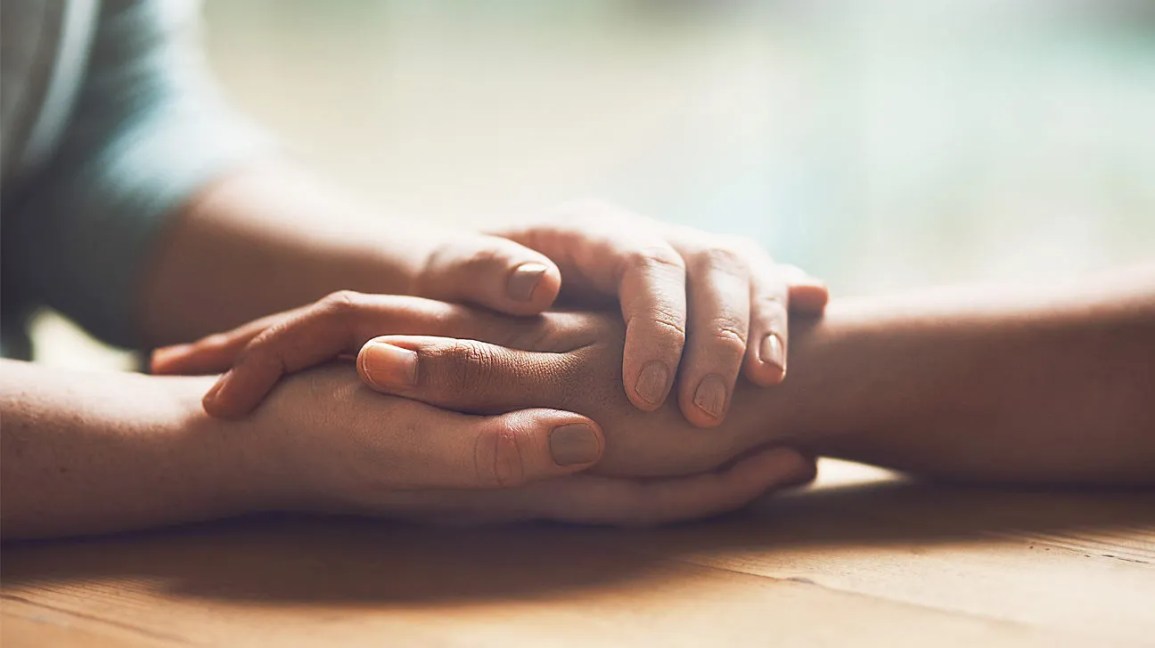
There are many ways through which one can always help the person to stop panic attacks. It is important that the person who is suffering from panic attacks should be made aware of their condition and also about the fact that there are treatments available that can help them get better. The following are some of the ways through which one can help:
Educate Person
You should always educate the person about panic attacks and what causes them. This will help the person to understand their condition better and also know that they are not alone. You should always have a discussion with the person about their panic attacks and find out as much information as possible.
Encourage Them To Seek Help
One of the best ways to help someone stop panic attacks is to encourage them to seek professional help. This will ensure that they get the necessary treatment and support needed to overcome their condition. You should always make it a point to recommend them a good therapist or counselor who can help them deal with their problems.
Provide Support
It is important for you to provide emotional support to the person who is suffering from panic attacks. This will help them feel better and also makes it easier for them to cope with their condition. You should always be there for the person when they need you and offer your support. You can also provide them with helpful resources and information about panic attacks.
Make Them Aware of Their Triggers
It is important that you make the person aware of their triggers. This will help them be more prepared and also prevent any future panic attacks from happening. You should always ask the person about their triggers and find out as much information as possible.
Help Them Relax
One of the best ways to stop a panic attack is by helping the person to relax. You can do this by providing them with relaxing techniques such as deep breathing exercises or yoga. You can also provide them with soothing music or aromatherapy to help them calm down.
Conclusion
Panic attacks can be incredibly debilitating, but with the right tools and techniques, you can start to get them under control. By learning more about what triggers your panic attacks, implementing some stress-relieving strategies, and practicing relaxation techniques, you can take back control of your life. Remember, it takes time and patience to overcome panic attacks – don’t give up if you don’t see results immediately. With a little effort, you can start to feel better in no time.
If you are struggling with Panic Attacks please seek professional help from a psychologist or therapist who specializes in anxiety disorders.
A Word From Therapy Mantra
Your mental health — Your psychological, emotional, and social well-being — has an impact on every aspect of your life. Positive mental health essentially allows you to effectively deal with life’s everyday challenges.
At TherapyMantra, we have a team of therapists who provide affordable online therapy to assist you with issues such as depression, anxiety, stress, workplace Issues, addiction, relationship, OCD, LGBTQ, and PTSD. You can book a free therapy or download our free Android or iOS app.
